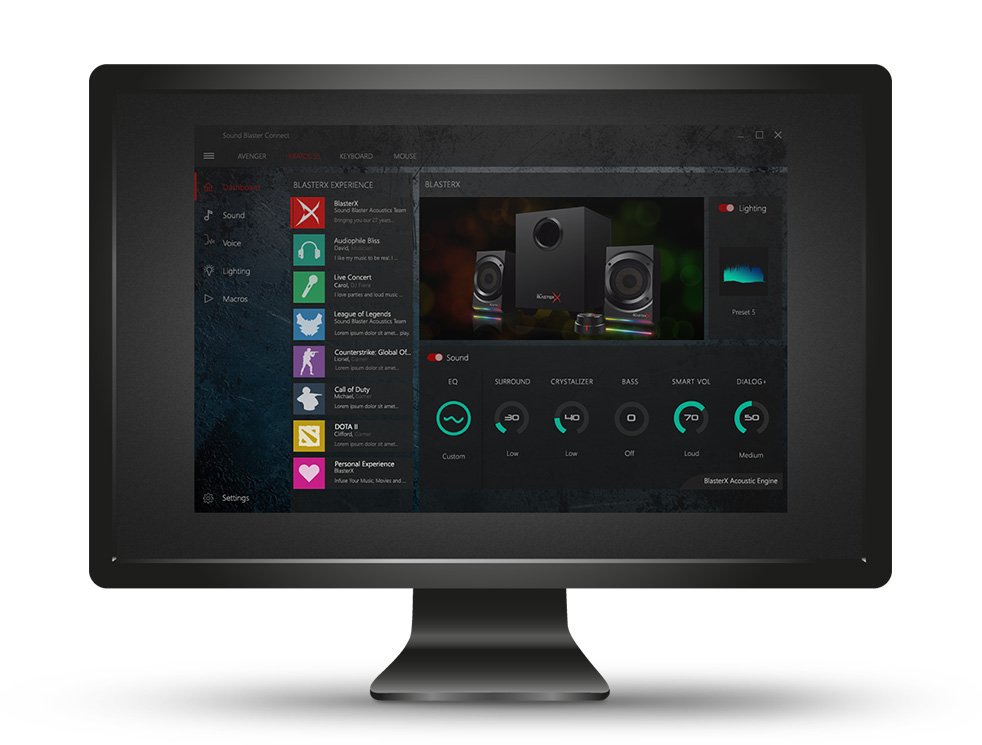

If you are using the trial version, click Update Driver next to it. Check the scan results and update outdated audio drivers. Run the tool to update drivers and click Start Scan NowĤ. Download and install Advanced Driver UpdaterĢ. Moreover, before updating the driver it takes a backup of outdated drivers and comes with a 60- day money-back guarantee.ġ. This third-party driver updater automatically scans the PC for outdated drivers and shows the most compatible driver updates. Since the manual method is time-consuming and involves risk, we suggest using Advanced Driver Updater. This can be done either via Device Manager or a third-party driver updater. If using Microphone Boost and increasing Mic to 100% volume isn’t helping increase mic volume on Windows 10, we suggest updating drivers. Once that is done, test the microphone levels to experience Windows 10 microphone boost. Tip: Increase the mic volume incrementally.ġ0. Afterward, use the Microphone Boost slider to increase the volume. (In case it is reduced, use the slider to boost it.)ĩ. If you follow the first method, properly you should see the microphone’s volume at 100%. You’ll now see two sliders, one for microphone volume, and one called Microphone Boost.Ĩ. You will now see a window labeled Microphone Properties. This will open a new window here, click Additional device properties.Ħ. Right-click it > “Open Sound Settings.”ĥ. Click the “Sound” icon present in the taskbar.ģ. To do so, follow the steps given below:Ģ. Method 2- Boost Microphone LevelsĮven after setting the microphone volume to 100%, the volume is not boosted, we suggest trying to boost its levels. This should help boost the mic volume on Windows 10.

Once set to 100%, test your microphone volume.ħ. Once the device is selected click Device properties and use the slider to increase the volume of your microphone.Ħ.


 0 kommentar(er)
0 kommentar(er)
